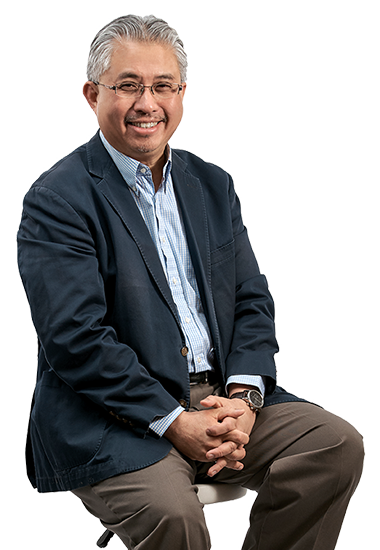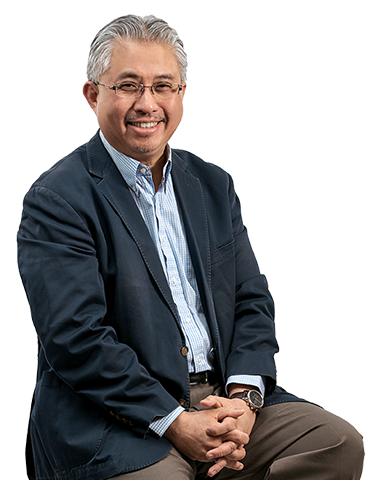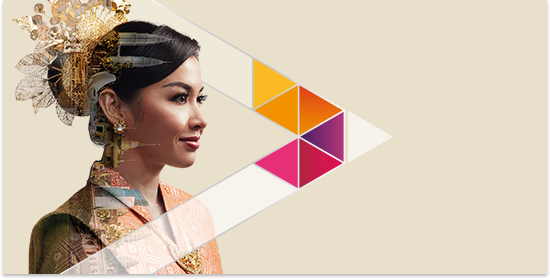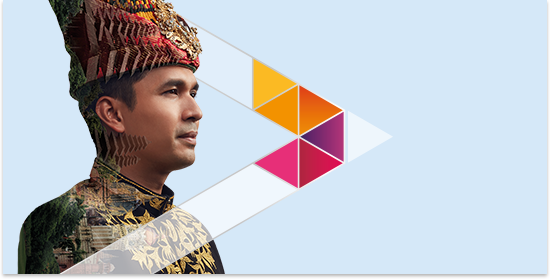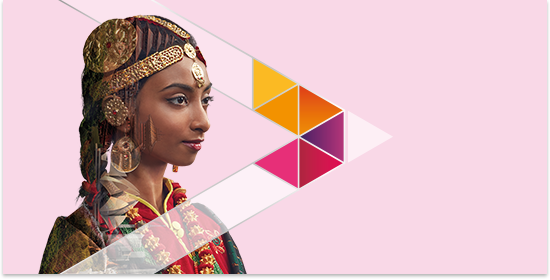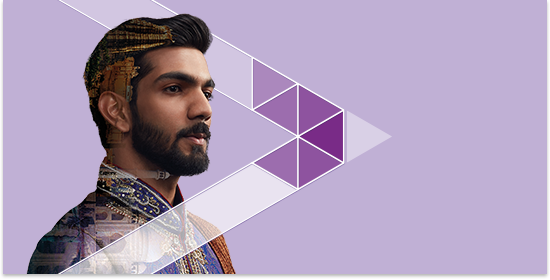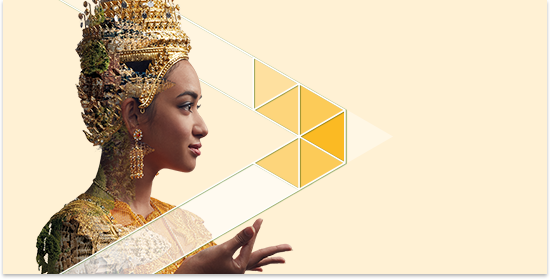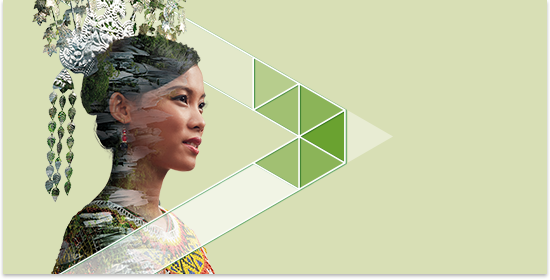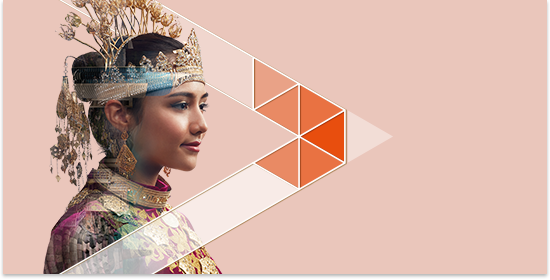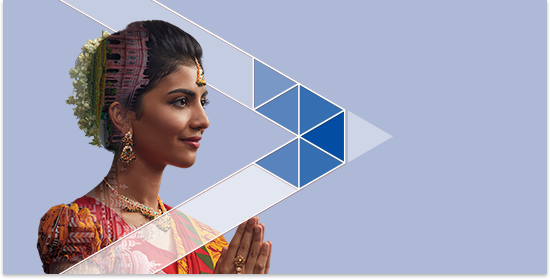The Axiata Group
Axiata is one of the leading telecommunications groups in Asia with approximately 350 million customers in 11 countries in ASEAN and South Asia. The Group is listed on the Main Board of Bursa Malaysia Securities Berhad and ranks as the sixth largest company on the bourse as of 31 December 2017.
In pursuit of our vision to be a New Generation Digital Champion by 2021, the Group has transformed itself from a holding entity with a portfolio of pure-play mobile assets into a Triple Core Strategy driven business focus to include Digital Telco, Digital Businesses and Infrastructure. With a broader goal of Advancing Asia, Axiata pieces together the best in the region in terms of innovation, connectivity and talent. As a long-term investor in all our markets, Axiata remains committed to its role as a responsible corporate citizen, to make a difference in people’s lives and help transform the countries in which it operates.
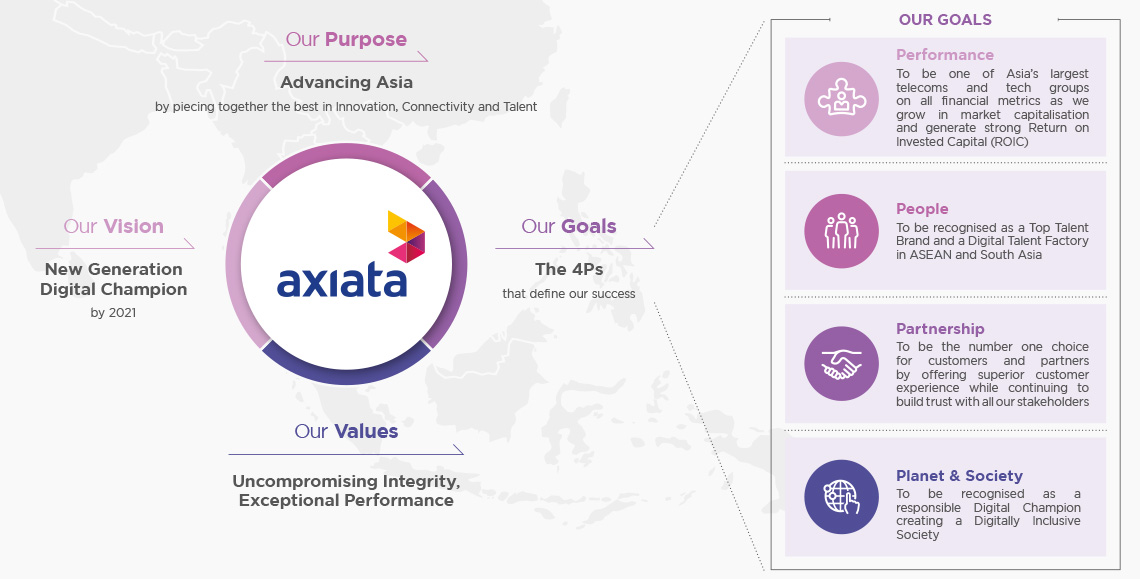
Triple Core Strategy at Centre Stage
While building a leading regional mobile operations, Axiata also made its move into adjacent businesses in 2013. First, in carving out its tower assets into a regional independent tower company. Second, by building a digital business unit with a portfolio of investments to explore market opportunities in the area.
Today, Axiata’s business has been reimagined and redefined into a triple core growth engine with the operational businesses of Digital Telco, Digital Businesses and Infrastructure.
Chairman’s Statement
Dear
Shareholders,
The year 2017 marked a global upswing in economic activity amid rising market optimism and low volatility. We also bore witness to how digital disruption and the advanced use of digital technologies triggered significant shifts in geopolitics and business models.
Explore MorePresident & Group CEO’s Message

Dear
Shareholders,
Emerging from a challenging 2016 where the Group was a ected by a combination of extenuating external circumstances coupled by our own internal challenges, we were determined to make 2017 a great year.
Explore MoreLong-Term Group Value Creation Model
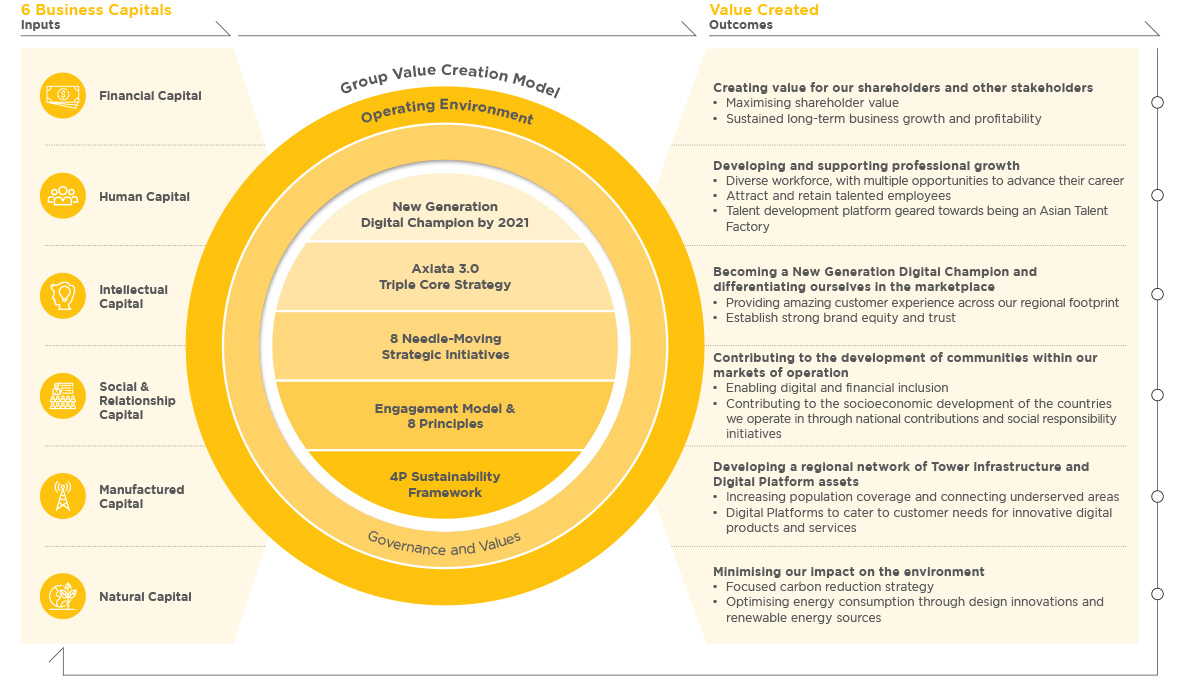
Financial Review

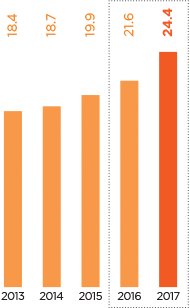





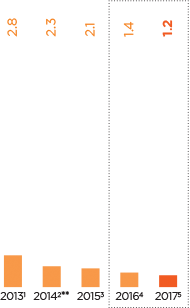

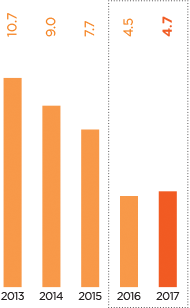

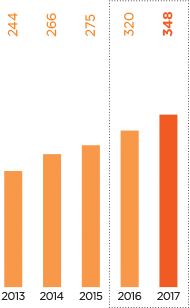

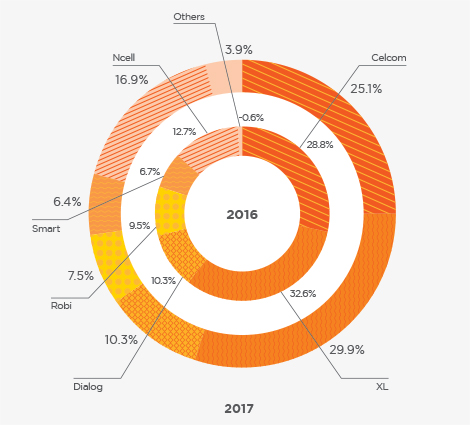
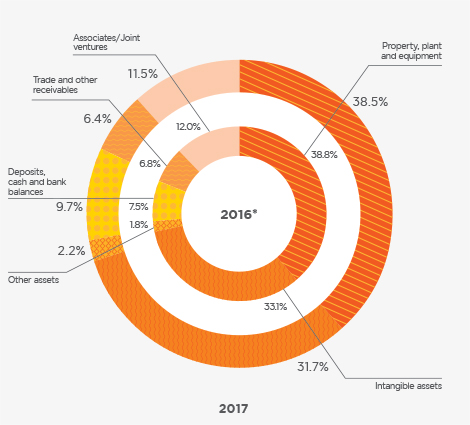
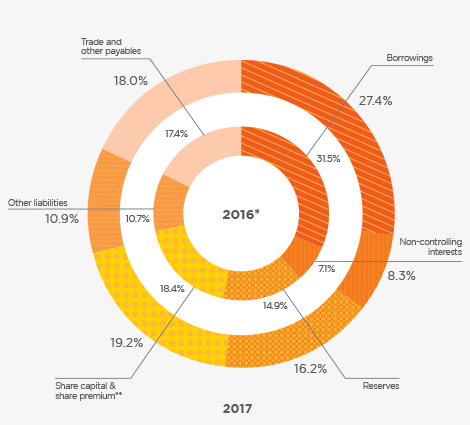
Explore Sections of Our Integrated Reports
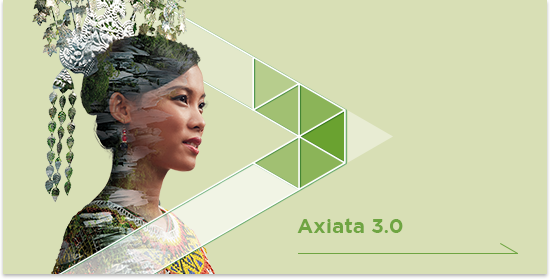

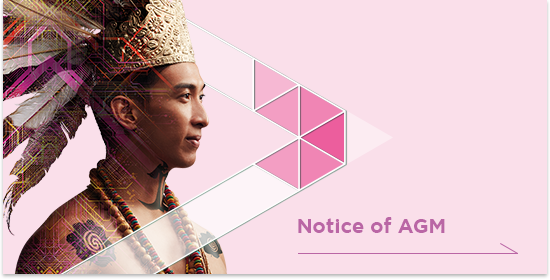
The Cultures of Asia
Asia – a region characterised by multi-faceted and diverse cultures. As one of the leading telecommunications groups in the region, Axiata, shares many commonalities and traits with the people we serve and the countries we operate within.
The myriad of traditional costumes depicted in our Integrated Annual Report 2017 suite represents the diversity and multi-dimensional cultures of our regional footprint. The double imagery treatment, with images of major Asian cityscapes transposed within the costumes and juxtaposed with the Prism, represents our vision of Advancing Asia.



































